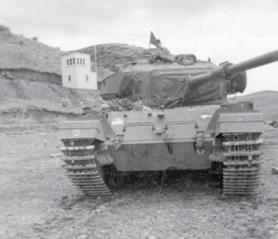
2 minute read
Train Safe
Although the repetition of good practices will develop good habits, the repetition of bad practices will develop bad habits, best defined as a ‘normalization of deviancy’ that always increases risk. Maintaining oversight is the responsibility of all levels of rank and command, therefore, mentoring, discipline, attention to detail and fault checking, are critical functions in the conduct of safe and effective training. ALWAYS conduct an ‘Actions on’ incident/accident brief and rehearsals at the start of training to ensure everyone understands what to do should a medical event or emergency occur. At the completion of any training it is important to carry out a hotwash/after action review, where both participants and staff /instructors are debriefed on areas they need to improve and equally of importance, the areas where they have done well. Allow self critique, where something went wrong, allow them to understand what happened and why. NEVER assume knowledge or the experience of others, identify risk and mitigation to critical safety aspects of progressive training.
The Incident
Advertisement
A Pinzgauer (LOV) Operators Course was being conducted in the South Island. Course personnel received instructions from the course manager and instructors. The course travelled to a river within the regional training area to conduct fording.
Facts
The course received instruction on how to correctly ford in a LOV and had conducted fording training. The route had been previously used by other courses and the route to be taken was advised by the instructor to the driver. The vehicle lost traction, then floated before becoming submerged. All personnel were able to exit the vehicle and there were no injuries, other than some bruising.
Findings
The water depth exceeded the vehicle fording depth. The vehicle incident was due to a failure to conduct a foot recon. The vehicle was significantly damaged and there was damage to service and personal kit.
Conclusion: Failure to conduct authorised standard operating procedures
The instructor was found guilty of negligently permitting damage to service property at a subsequent disciplinary hearing. It was recommended that the following training be included in the LOV Operators Course fording module: –Emergency exit procedures from all LOV variants including locating and using the seat recliner in an emergency to exit via the rear door, –The location of the emergency exit, and –The effect of water pressure on the doors (i.e. opening doors on the downstream side of the vehicle is easier than opening the door against the current). In addition, the recommendations outlined above should be advised to all vehicle occupants, (not just those on vehicle operator courses).
This case study is based on real events. Some details have been omitted to protect privacy.
ARMOURED HISTORY MAINTAINS MOMENTUM
The Royal New Zealand Armoured Corps (RNZAC) History Project Charitable Trust (Details-Charities Services Website) was formed in 2019 to publish the long overdue first consolidated history of the RNZAC and its predecessor Cavalry and Mounted Rifles Units.

Well known military and social historian Matthew Wright is the author.
Distinguished military historian, Lieutenant Colonel (Retired) Christopher Pugsley, ONZM, DPhil, FRHistS is historical advisor to the Trust.
Good progress has already been made to accurately document the Corp’s and its predecessors’ sacrifices, achievements and challenges over the period 1860–2020.









